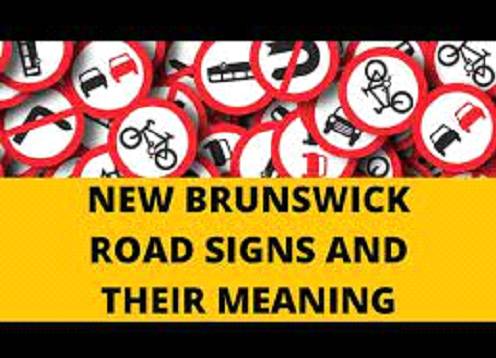- Need Any Help: +1 647-760-5505 or
- info@trubicars.ca

Every driver knows the importance of road signs when navigating unfamiliar roads or ensuring safety while on the go. In the province of New Brunswick, Canada, understanding road signs is not just essential; it’s a legal requirement. Whether you’re a local resident or a visitor exploring this picturesque province, this comprehensive guide to New Brunswick’s road signs will help you stay informed, follow the rules of the road, and ensure safe travels.
Road signs serve as a universal language for drivers, providing crucial information, warnings, and regulations to help maintain order on the roadways. In New Brunswick, these signs are designed to be clear, concise, and easy to understand, making them an invaluable tool for all road users.
New Brunswick’s road signs are categorized into several types, each serving a specific purpose:
Now, let’s take a closer look at some essential road signs you’ll encounter while driving in New Brunswick:
Understanding and obeying road signs is a fundamental aspect of safe and responsible driving in New Brunswick. Whether you’re a seasoned local driver or a visitor exploring the province’s stunning landscapes, this comprehensive guide to New Brunswick’s road signs will help you stay on the right path, avoid potential hazards, and contribute to road safety. By adhering to these signs, you can enjoy your travels in New Brunswick while ensuring a safe and enjoyable journey for everyone on the road.

 January 10, 2025 by
January 10, 2025 by Trubicars
Trubicars
 January 10, 2025 by
January 10, 2025 by Trubicars
Trubicars
 January 3, 2025 by
January 3, 2025 by Trubicars
Trubicars
Once you acquire the knowledge provided in
those tests, you are ready to pass the test,
for the first time.
